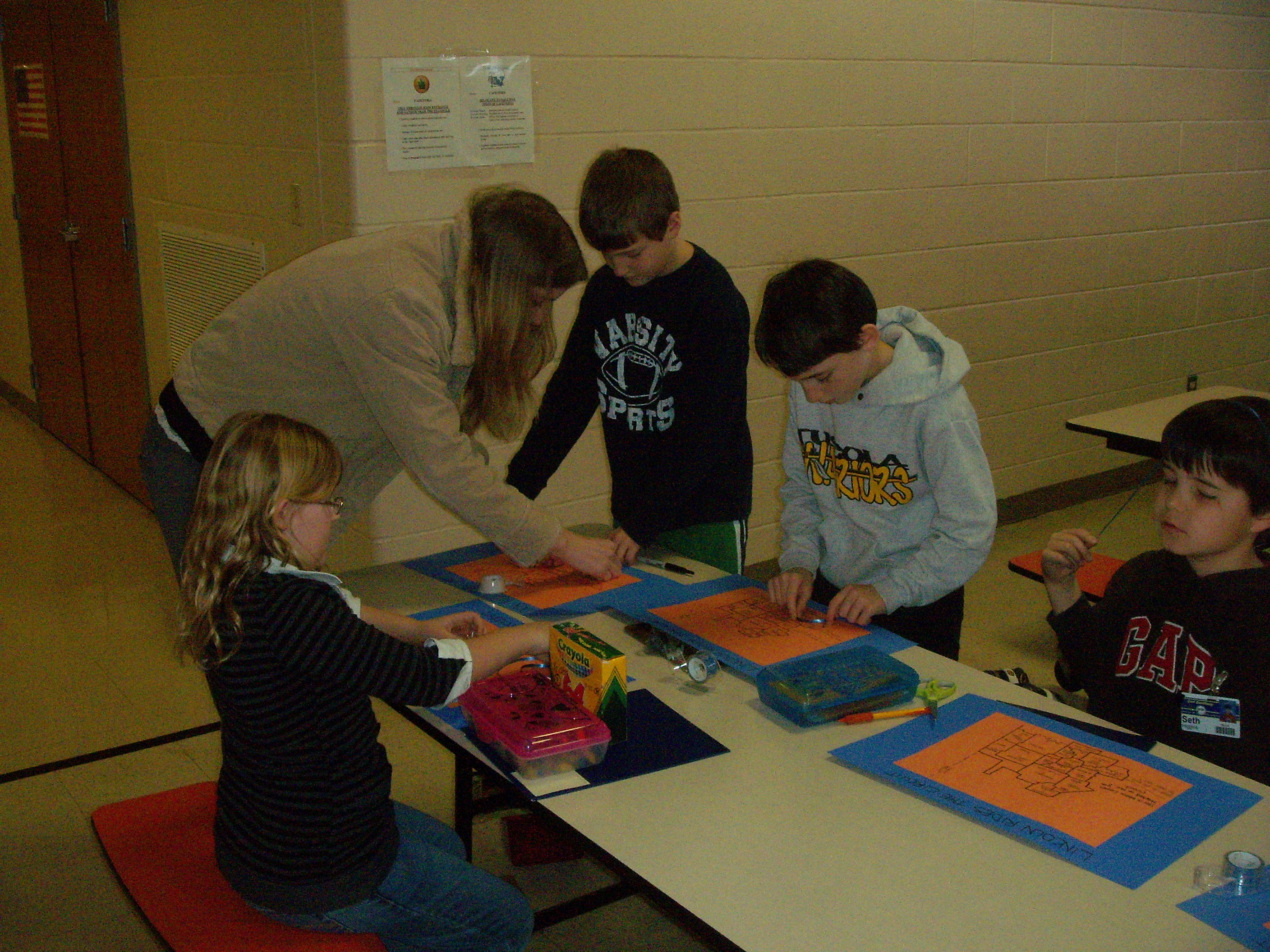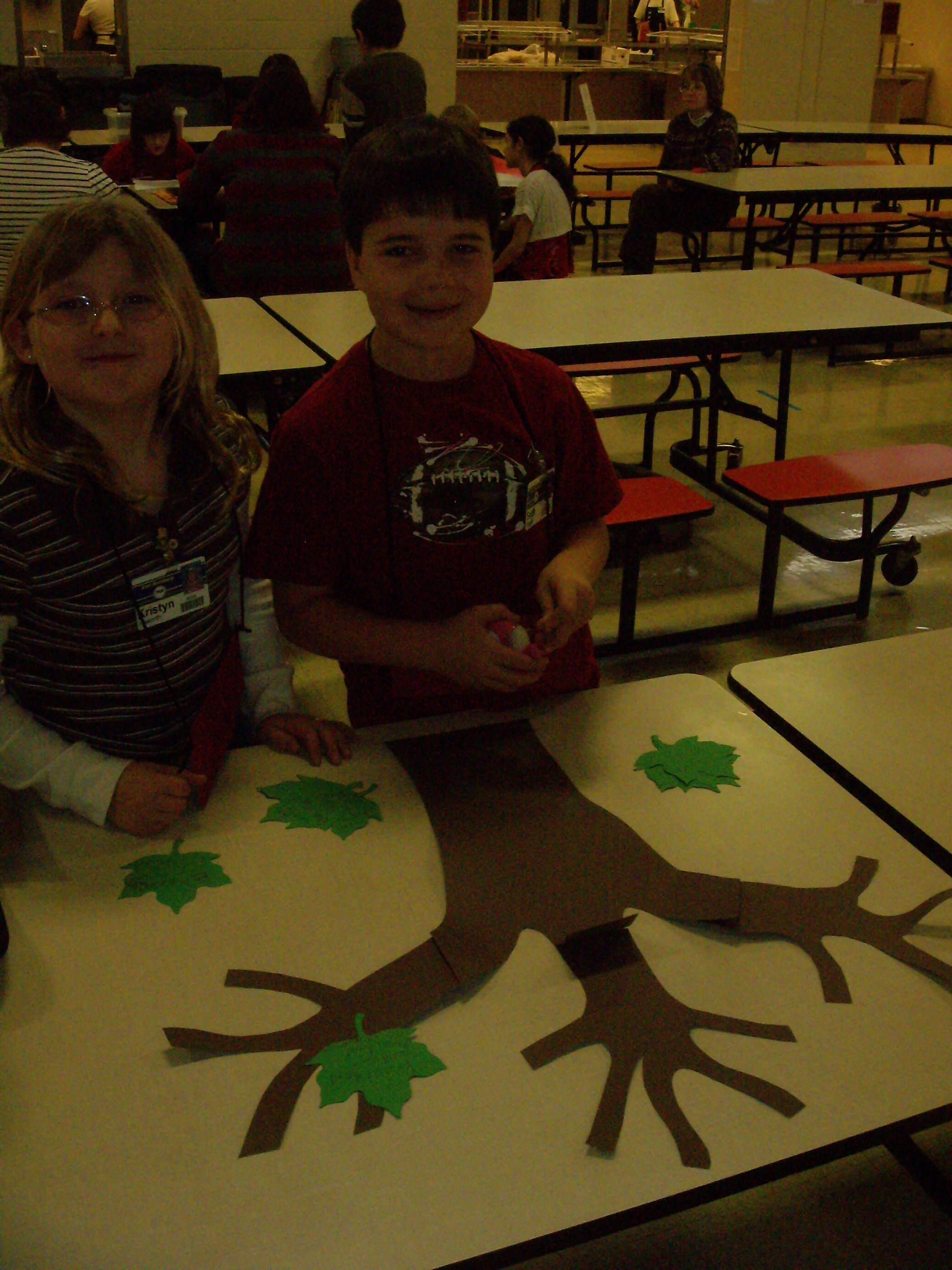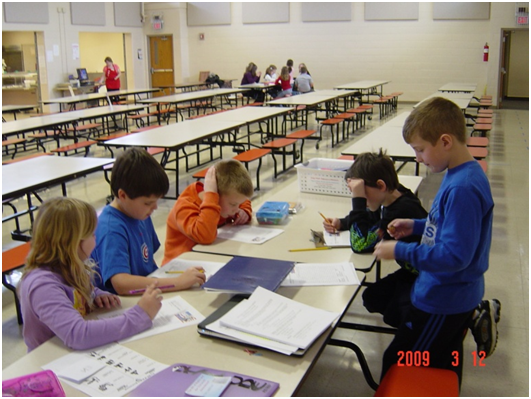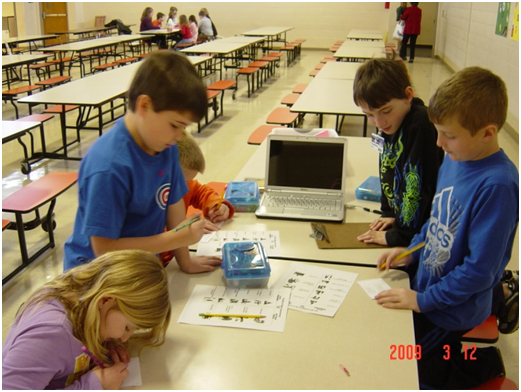Goals:
Students will increase
their knowledge of
Students will appreciate that
there is so much
to learn about Abraham
Students will create a stovepipe
hat, just like
the one
information.
Students will have group discussion on what they already know about
Abraham Lincoln.
Students will be read Young Abraham Lincoln by Andrew Woods.

Goals
Students will increase their knowledge about Lincoln as a lawyer and all of the things that he accomplished as a lawyer.
The students will appreciate that it took a lot of hard work for Lincoln to become a lawyer.
The students will complete a review crossword puzzle before the lesson begins.
Students will make a circuit map of the road that Lincoln traveled while riding the 8th circuit court.
Instruction
The students will discuss previous knowledge of Abraham Lincoln.
The students will complete a review crossword puzzle about Abraham Lincoln before the new lesson begins.
The students will learn about why Abraham Lincoln became a lawyer.
The students will learn who Abraham Lincoln partnered with.
The students will learn what a circuit was and be able to recreate Lincolns.
The students will trace the path of Abraham
Lincoln on the circuit court by taking a ribbon and gluing it onto the
map of the counties in the circuit.


Lesson 3: What does
it take to make a law?
Goals
Students will be able to explain and differentiate the three branches of the government.
Students will demonstrate knowledge on the function of each branch by role playing.
Instruction
Students will have group discussion on what laws are.
What are good laws?
What are bad laws?
Students will discuss
Students will view pictures of Emancipation Proclamation.
Students will view “School House – I’m just a Bill”
Students will examine the three branches of the
government and how a bill is made into a law.
Students
will view powerpoint of the three branches of the government.
Students will create a government tree with the
three branches as well as create their own law on homework.

Lesson 4:
Constitution – The Bill of Rights, 11th, 12th,
and 13th
Amendments
Goals
Students will be able to understand what the Bill of Rights were and what the 13th amendment was.
The students will be able to understand how Abraham Lincoln helped the 13th amendment to be made.
Instruction
Students will follow along to PowerPoint with a fill-in-the-blank handout.
The students will complete the handout as we go over the PowerPoint presentation. We will go over the answers as we come across them.
The students will learn who the Framers were and what they did for the Country.
The students will learn that the government is split into three parts and know what the three parts are.
Then, the students will make their own Bill of Rights book and draw pictures to go along with it.
At the end of
the lesson, the students will be allowed to
choose to complete a Lincoln crossword puzzle or a Lincoln word
search.


Lesson 5: What are the 14th & 15th
Amendments?
Goals
Students will be able to explain what the 14th and 15th amendments are and how important they are to our country today.
Students will be able to connect the amendments to Abraham Lincoln and know his role in their creation.
Instruction
Students will look and discuss a powerpoint presentation on the 13th, 14th, and 15th amendments.
Students will then watch video clips of readings from the actual constitution.
Students will discuss the three amendments, what they are, and what their importance is.
Students will then make a timeline/graph of the amendments. Students will have to match the amendment with a picture to represent them.
Lesson 6: Debates
Students will be able to understand and explain what a debate was.
The students will be able to have their own debate
Students will learn and understand what the Lincoln-Douglas Debates were all about
Students will be told about the Lincoln-Douglas Debates.
Students will hold their own group debate about topics
such as chores, best pets, etc.